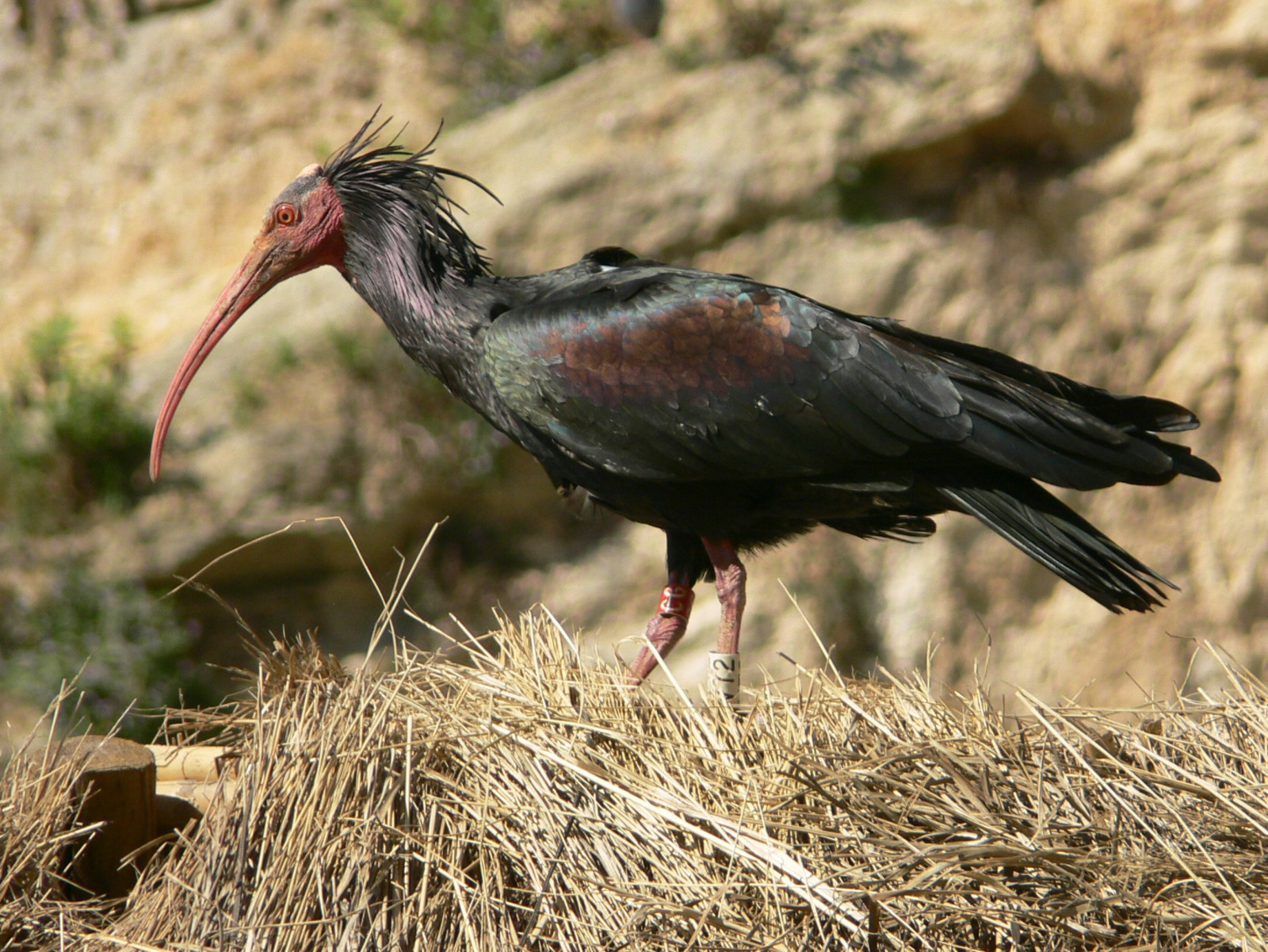Description
This site is situated at the mouth of the Oued Massa, which acts as a magnet for all the regions wildlife, since it is the most important river in this, otherwise desolate, desert area. The main highlight is that the area holds the biggest of only two remaining breeding colonies of Northern Bald Ibis in the entire world. This remains the main reason to visit the area, but the site is also great for many other waders, Greater Flamingo, Great Cormorant and raptors.
Details
Access
You can park your car at the Southern edge of the village of Sidi R'bat and then take the track down into the river valley. You can walk as far as you like, but bear in mind that you will have to walk the same way back.
Terrain and Habitat
Wetland , Desert , Steppe , Mud flats , Beach , Scattered trees and bushes , River , Sea , DunesConditions
Flat , Sandy , Wet , Hilly , Dry , Open landscape , Dusty , High water possibleCircular trail
NoIs a telescope useful?
Can be usefulGood birding season
All year roundBest time to visit
Spring migration , Autumn migrationRoute
Wide pathDifficulty walking trail
Average walkAccessible by
FootBirdwatching hide / platform
YesExtra info
When trying your luck with the Northern Bald Ibis, keep in mind that they tend to be here at the hottest part of the day, needless to see that you are in fact in the Sahara desert and the heat can be almost unbearable here. The birds usually favor the beach, at the very mouth of the river, but they may be seen in flight more upstream as well.


 (003).jpg)